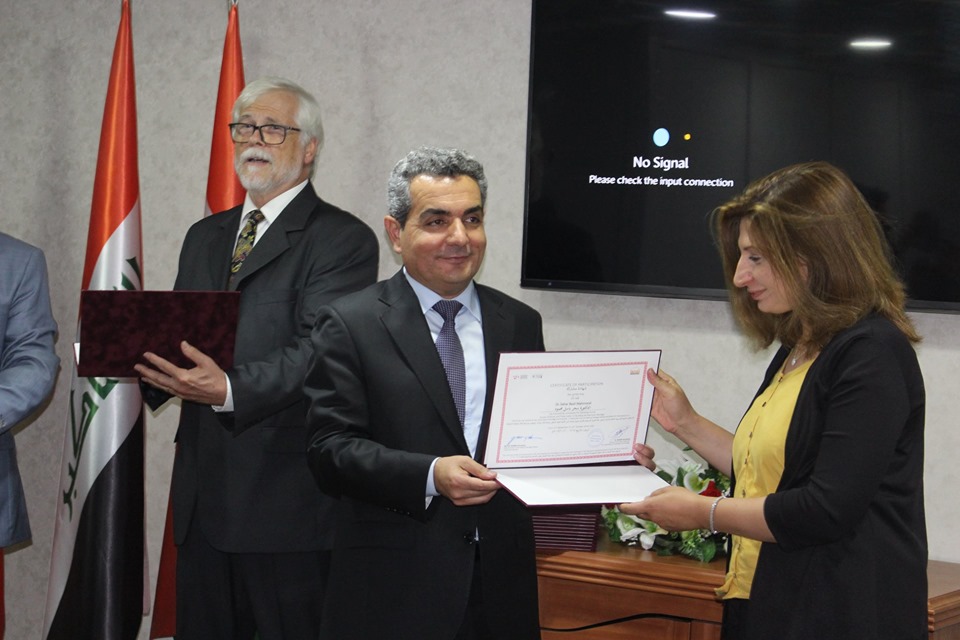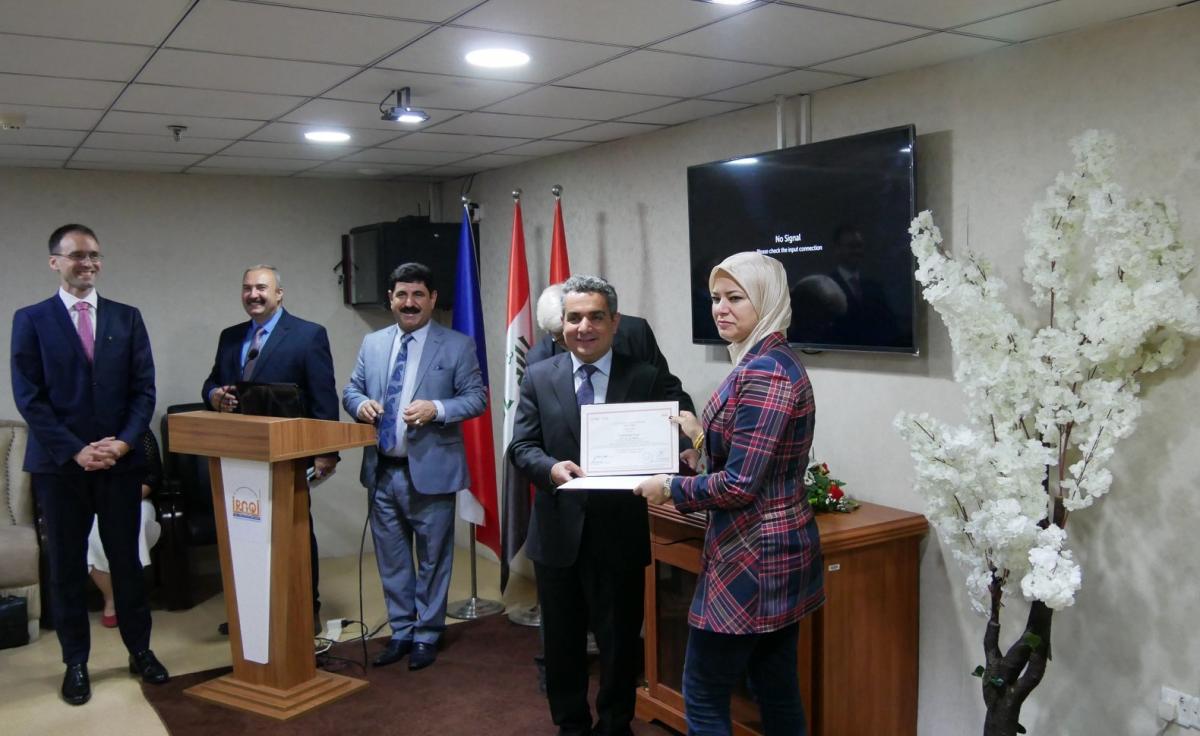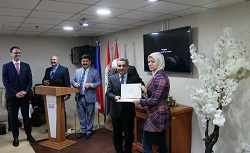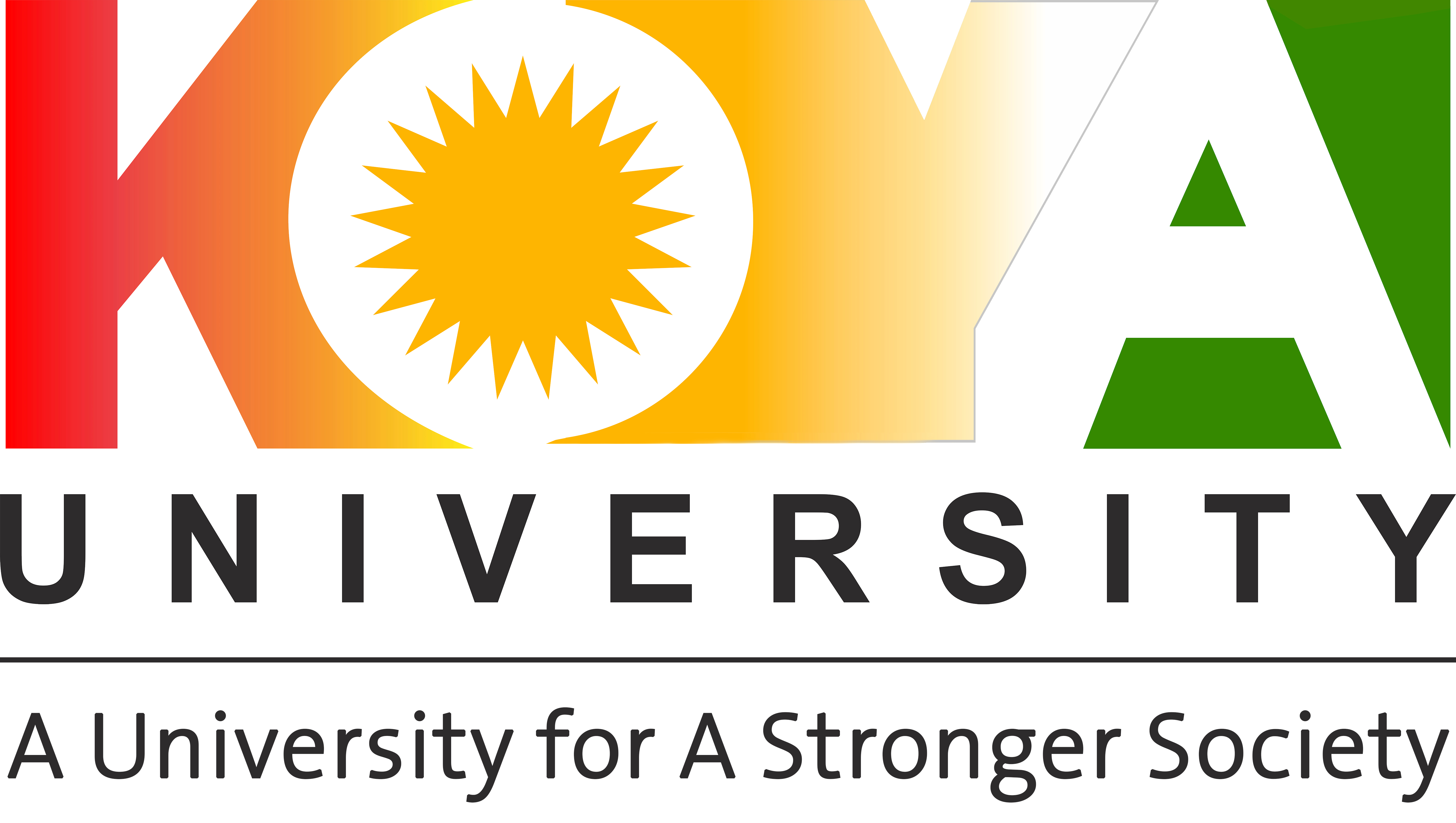A training course entitled "Causes of Decay and Preservation of Building Architectural Heritage" has been held during the period Sept. 15 – Oct. 20, 2019 by the Iraqi Institute for the Conservation of Antiquities and Heritage in collaboration with the Czech National Heritage Institute and GEMA ART International s.r.o in Erbil with 14 participants including two teachers from the department of Architectural Engineering (DARE) at Koya University, who were nominated by the Czech trainers:
- Dr. Sahar B. Al-Qaisi.. Director of the Heritage Conservation Research Program-HCRP
- Ms. Manar Nazar Ahmed.. Member of the Heritage Conservation Research Program-HCRP
The opening ceremony was attended by the governor of Erbil, the Czech Republic Consul and other delegates from the Iraqi Kurdistan Government and the Czech Republic.
The first week was about the (Historic building materials and their degradation, structural and technical surveys) which included an introduction to porous building materials and their properties, and the deterioration of porous inorganic materials, as well as the principles of main conservation methods for stone and architectural surfaces. The week had ended with an excursion to Erbil Citadel, Minaret Choli, historical buildings in vicinity.
The second week was about the (Methods of research and documentation of historical monuments , where several topics were addressed like the introduction to immovable heritage, with a focus on the historical development in Northern Iraq region, Methods of research and documentation of immovable monuments, Principles of the Building Archaeology Survey Method (BAS) and Operative Research and Documentation (ORD),as well as the Registration of monuments, IT systems, databases. There was also an excursion to Koya to see its traditional buildings with a visit to Koya University and Koya’s fort (Qishla). The 5th stage students of the architectural engineering department at Koya University had joined the group or trainers and trainees to learn more about the modern methods of documenting heritage buildings.
The third week focused on the restoration techniques and material survey through an introduction to the methods of assessment and investigation of building monuments and historic sites, and the concept of renewal of construction sites, the conditions for the restoration, preservation, or replicas of buildings construction of monuments as well as cleaning methods, desalination, structural consolidation, and reconstruction. Alqosh was the destination of the third week excursion where the trainees were introduced to the conservation process of Nabi-Nahoom shrine and visited Ruban-Hirmiz monastery as well as Alqosh museum.
The fourth and last week of this training course continues with the same main topic of the third week focusing mostly on grouting of cavities, refilling, surface finishing, materials for building reconstruction particularly for brick and stone structures, review of methods for structural stability of architectural monuments, and the reconstruction and building interventions and their limits in relation to the preservation of the authenticity of architectural monuments. The week was ended with an excursion to Lalish’s Ezi Khan (one of Yazidi monuments) as well as Khanas both in Shekhan.
The governor of Erbil and the Czech Republic Consul attended the training course closure ceremony where the trainees received their certificates.


----------
Koya University (KOU) is located in the city of Koya (Koy Sanjaq) which is 1.0 hr drive to the East of the Kurdistan Region capital Erbil (Arbil, Hewlér) in Kurdistan Region of F.R. Iraq. It is on the foothills of beautiful high mountain. Its campus has been carefully laid out to embrace the beautiful mountainous nature. . There are 4 Faculties and 2 Schools in KOU; Faculty of Engineering (FENG), Faculty of Science and Health (FSCH), Faculty of Education (FEDU), Faculty of Humanities and Social Silences (FHSS), Shcool of Physical Education (SPHE) and School of Medicine (SMED). Also, there are two research centers; Genome Center and Malai Gawra Center. Moreover, at KOU there is an English Language Center (BELC) at KOU has been opened with the sponsorship of IREX and American embassy in Baghdad as well as with the support of Spring International Language Center of The University of Arkansas. KOU has two Scientific Journals; ARO-The Scientific Journal of Koya University, which is indexed by Clarivate Analytics (ESCI), and Koya University Journal of Humanities and Social Sciences (KUJHSS). KOU is a proactive member of Erasmus/ Marhaba Project and Erasmus+. KOU signed many Memorandum of Understandings (MoU) with many International Universities, e.g., The University of Arkansas (June 2015). The Lulea University in Sweden (April 2014), The University of Nottingham in the UK, The University of Buckingham in the UK (Oct 2008), Belkin University in Turkey (Sep 2009) and The University of Greenwich in the UK.

